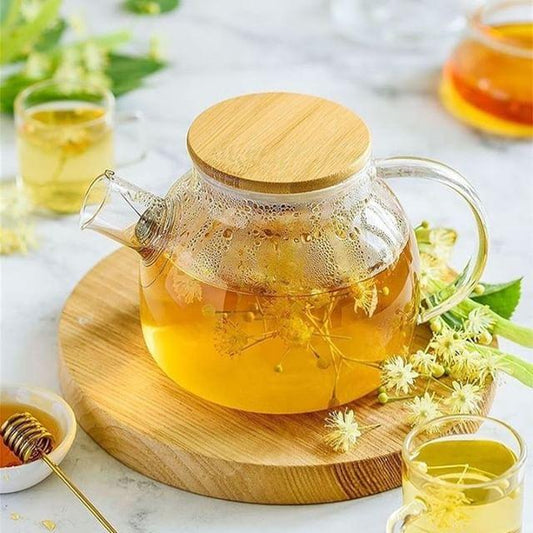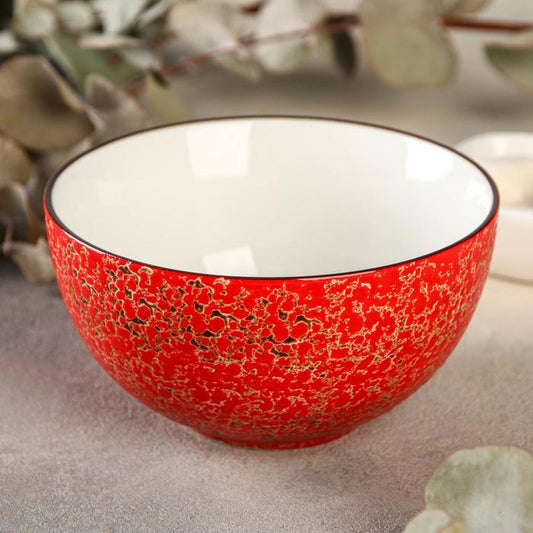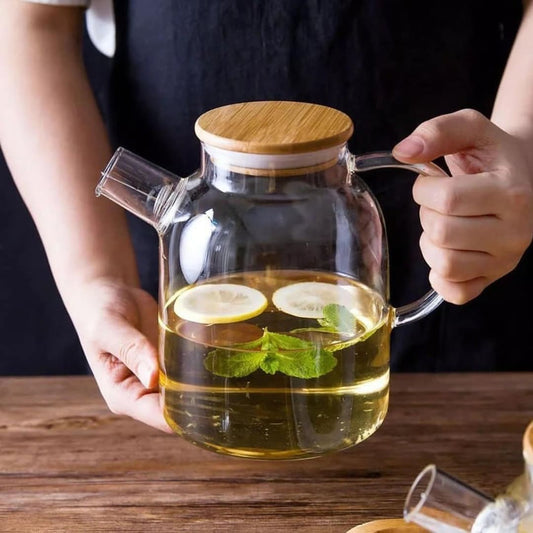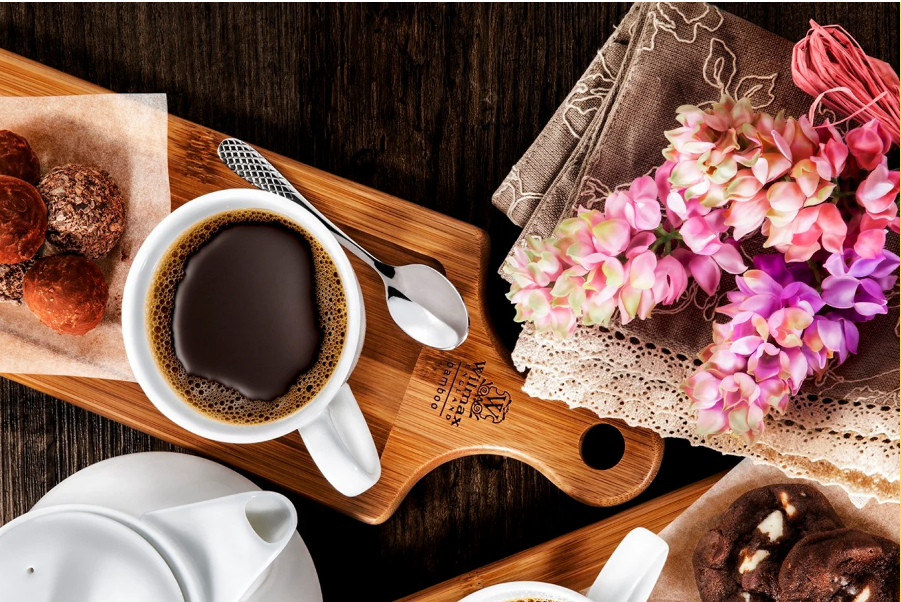The Complete Guide to Pickling for Flavor and Longevity

Pickling is more than just a preservation method—it’s a time-tested culinary art that adds bright, tangy flavor to your dishes while extending the shelf life of seasonal produce. From crunchy cucumbers to fiery kimchi, pickling offers endless opportunities to experiment with taste and texture in your kitchen. Here’s everything you need to know to get started on your pickling journey.
Why Pickling?
- Flavor boost: Pickling intensifies and layers flavor through brines, spices, and fermentation.
- Waste reduction: Save overripe or surplus produce from going to waste.
- Health benefits: Fermented pickles are probiotic-rich, aiding digestion and gut health.
- Culinary flexibility: Add pickles to charcuterie boards, sandwiches, salads, or enjoy them as snacks.
Two Main Methods of Pickling
1. Quick Pickling (Refrigerator Pickles)
Uses vinegar-based brine. Fast and easy—ready to eat in a few hours to days. Must be refrigerated and used within weeks.
2. Fermented Pickling
Uses salt and water to encourage natural fermentation. Requires more time (1–4 weeks), but delivers deep, complex flavors. Often richer in probiotics.
Basic Equipment
You don’t need fancy gear to start pickling:
- Glass jars with tight lids (mason jars are perfect)
- Non-metallic mixing bowls
- A non-reactive pot (stainless steel or enamel)
- Clean utensils (no aluminum or copper)
Quick Pickle Recipe (Base Brine)
Ingredients:
- 1 cup vinegar (white, apple cider, or rice)
- 1 cup water
- 1 tablespoon salt (non-iodized)
- 1 tablespoon sugar (optional)
- Spices (e.g., mustard seeds, peppercorns, dill, garlic)
Instructions:
- Bring all ingredients to a boil.
- Pack cleaned and sliced vegetables into a jar.
- Pour hot brine over the vegetables.
- Seal and let cool before refrigerating.
- Enjoy within 2–3 days for best flavor; lasts up to a month.
Great Ingredients for Pickling
- Vegetables: cucumbers, carrots, radishes, cauliflower, onions
- Fruits: watermelon rind, apples, grapes, cherries
- Others: garlic, eggs, green beans, beets
Flavoring Ideas
Customize your jars with:
- Fresh herbs: dill, thyme, rosemary
- Spices: coriander seeds, bay leaves, cloves
- Heat: chili flakes, fresh jalapeños
- Sweetness: honey, brown sugar, cinnamon sticks
Fermentation Tips
- Use filtered water—chlorine can inhibit fermentation.
- Keep vegetables submerged under the brine (use weights if needed).
- Store in a cool, dark place.
- Watch for bubbles (a good sign of fermentation).
- If mold forms on top, skim it off and ensure everything stays submerged.
Storage and Shelf Life
- Quick pickles: Keep in the fridge, consume within 2–4 weeks.
- Fermented pickles: Can last months if kept in the fridge after fermenting.
Pickling Around the World
- Kimchi (Korea): Spicy fermented cabbage.
- Achar (India): Pickled mango, lime, or mixed vegetables in oil and spices.
- Giardiniera (Italy): Pickled cauliflower, carrots, celery, and peppers.
- Torshi (Middle East): Vinegar-pickled vegetables with aromatic herbs.
Final Thoughts
Pickling brings color, crunch, and character to your meals. Whether you're storing a summer harvest or reinventing leftovers, this preservation technique adds versatility and value to your kitchen. Start simple and experiment with what’s in season—your taste buds (and your future self) will thank you.
Share:





